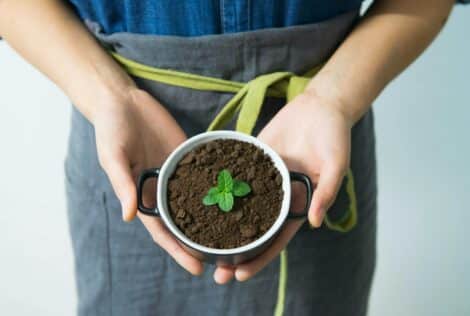
Researchers from Pampanga’s Don Honorio Ventura State College discovered that spent espresso grounds (SCG) may turn out to be an ingredient for concrete blocks.
They discovered that these concrete hole blocks (CHB) “exceeded the minimal compressive energy of 4.14 MPs or 600 psi” within the Division of Public Works and Highways’ necessities.
READ: Professor recycles espresso as 3D printing materials
Article continues after this commercial
Additional research may allow the Philippines to provide sustainable concrete blocks.
Because of this, it may turn out to be a serious boon for its building business, espresso manufacturing, and sustainability targets.
Fixing three dilemmas with one espresso bean
The Don Honorio Ventura State College breakthrough may scale back the Philippines’ carbon footprint.
Article continues after this commercial
The research’s title is “Spent espresso grounds as partial substitute of high quality aggregates in concrete hole blocks.” It explains that the Philippines belongs to the “Bean Belt,” a gaggle of fifty coffee-producing nations.
Nonetheless, espresso grounds can produce extreme quantities of carbon dioxide and methane. These are greenhouse gases that might exacerbate world warming. Furthermore, they pose the danger of spontaneous combustion in landfills that might launch much more dangerous substances.
Turning SCGs into concrete hole blocks retains them away from waste disposal. Even higher, they might turn out to be an alternate uncooked element for high quality building supplies.
Because of this, espresso grounds may allow the native espresso and building industries to drive the Philippines’ sustainability targets.
A latest Royal Melbourne Institute of Expertise research exhibits that espresso grounds may turn out to be greater than a concrete combine different.
The Australian scientists additionally wished to scale back the carbon footprint of concrete manufacturing.
Nonetheless, they turned the SCG into biochar by way of pyrolysis. Then, they changed 15% of the sand in concrete with biochar.
Because of this, they created concrete blocks which can be 30% stronger than standard ones. Their methodology additionally lowered the quantity of cement wanted by as much as 10%.
“Our analysis is within the early levels,” Dr. Shannon Kilmartin-Lynch, a Vice-Chancellor’s Indigenous Postdoctoral Analysis Fellow at RMIT, was quoted in a press launch as saying.
“However these thrilling findings provide an revolutionary solution to vastly scale back the quantity of natural waste that goes to landfills,” he added.
Do you know espresso waste may assist regrow forests? Verify this Inquirer Tech report to study extra.
You might also study extra in regards to the Filipino espresso floor research from the Worldwide Journal of Advance Analysis, Concepts, and Improvements in Expertise.














